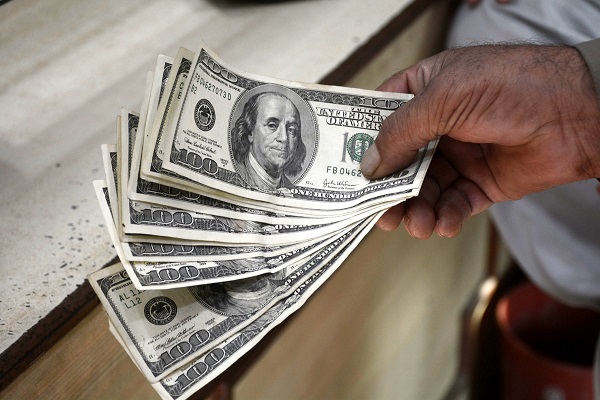New Delhi, (Samajweekly) From April 2023 to June 2026, Pakistan needs to repay $77.5 billion in external debt, according to an analysis by the United States Institute of Peace (USIP).
For a $350 billion economy, this is a hefty burden. The major repayments in the next three years are to Chinese financial institutions, private creditors and Saudi Arabia. Pakistan’s large external debt comes with considerable repayment pressure.
Pakistan faces near-term debt repayment pressure. From April to June 2023, the external debt servicing burden is $4.5 billion, the analysis said.
The major repayments are due in June when a $1 billion Chinese SAFE deposit and a roughly $1.4 billion Chinese commercial loan would mature. Pakistani authorities hope to convince the Chinese to refinance and rollover both debts, something the Chinese government and commercial banks have done in the past.
Even if Pakistan manages to meet these obligations, the next fiscal year will be more challenging, as the debt servicing will rise to nearly $25 billion, the analysis said.
This includes $15 billion of short-term loans and $7 billion in long-term debt, including a vital $1 billion repayment on a Eurobond in the fourth quarter. The short-term debt repayments include $4 billion Chinese SAFE deposits, $3 billion Saudi deposits and $2 billion UAE deposits; the Pakistan government assumes they will be rolled over by the creditors each year. Separately, Pakistan will need to repay another $1.1 billion of long-term commercial loans to Chinese banks.
In 2024-25, Pakistan’s debt servicing is likely to be around $24.6 billion, which includes $8.2 billion long-term debt repayments and another $14.5 billion short-term debt repayments; this includes major repayments to Chinese lenders of $3.8 billion.
In 2025-26, the debt servicing burden is likely to be at least $23 billion; that year Pakistan is to pay back $8 billion in long-term debt, including repaying $1.8 billion for a Eurobond and $1.9 billion to Chinese commercial lender, the USIP analysis said.
There is a real danger that Pakistan could default on its debt, which could lead to intensifying political turmoil amid already surging terrorism. There is a real danger that nuclear-armed Pakistan with a population of nearly 230 million may be unable to meet its external debt obligations – which will trigger a sovereign default, the USIP analysis said.
If Pakistan ultimately defaults, there will be a cascade of disruptive effects. Crucially, Pakistan’s imports could be disrupted, which could lead to a shortage of some essential goods and commodities.
In Sri Lanka, the disruption of oil imports stoked public discontent, protests and a change in government. Pakistan, which is already seeing intense political conflict between Shehbaz Sharif’s government and opposition leader Khan, may also see the economic crisis creating more political turmoil, the analysis said.
And given Pakistan’s demographic profile and surging terrorism threats, the resulting crisis could go in unexpected directions.









